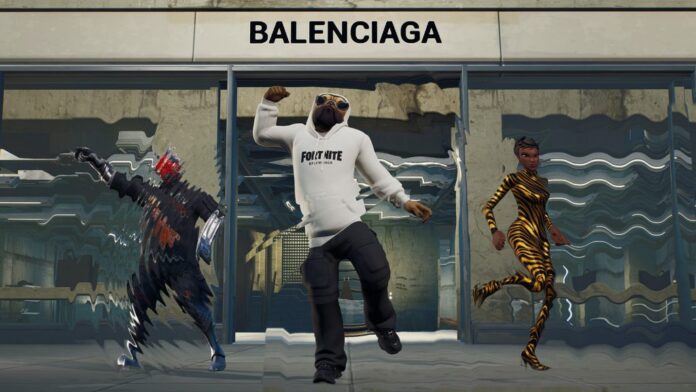Animation that has its origin in Japan is called anime. Anime differs from the traditional cartoon characters that people know of. It has certain distinctive characteristics that have drawn the attention of the biggest luxury fashion brands in the world.
These animations are realistic and closer to life than most Disney cartoon characters. In these movies, three-dimensionality is given great importance. The camera is moved wisely to pan the whole scene; it is zoomed to give closeups of central characters etc. All these features give anime a distinctive style.
Anime And The Fashion Industry
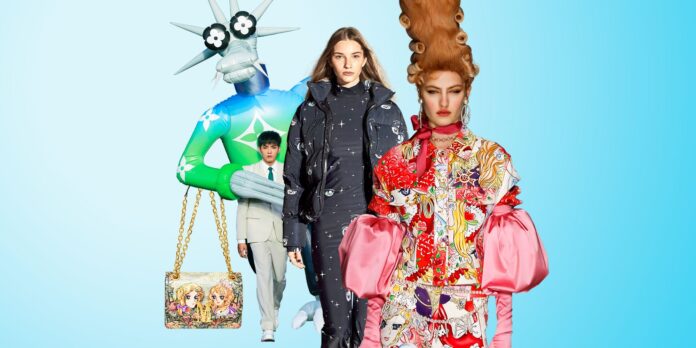
Luxury fashion brands produce high-quality products and pay great attention to customer satisfaction and retention. Products from big luxury fashion brands are also very expensive. Hence, these groups work hard to give the customers what is desirable and exclusive. Some of the biggest fashion names, like Gucci, have collaborated with anime artists to launch new collections.
Since the anime fever is catching up with the next generation of big shoppers, luxury fashion brands have ventured into the anime field. Many groups have launched anime series-based bags, T-shirts, belts, etc. If you want a cool anime phone case, shirt, shorts, or sweatshirt, you can search for anime products on the internet.
Luxury Brands And The New Wave Of Animation Movies
Tapping The Demand In The Market
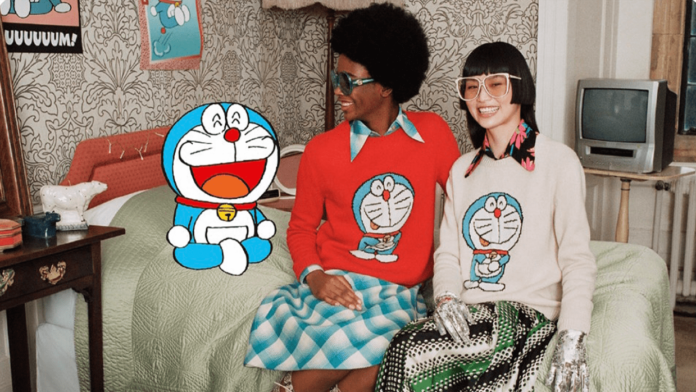
The top bosses of the biggest fashion brands have said that their foray into the Japanese animation industry-based designs is to tap into the emerging market demand. Studies on internet searches have shown that from the 2000s, the searches for the word Doremon or Manga have increased by almost 60%. In fact, when Loewe announced the launch of its next anime-based collection, the sales picked up by almost 28% in a matter of just one day.
Japanese cartoons are a great attraction for the next generation of luxury shoppers, that is, people in the age group of eighteen to twenty five. However, the popularity of Japanese cartoons is not limited to just those who were born after 2000. Even those who were born in the late eighties and early nineties have a nostalgic connection with Japanese cartoons.
The biggest reason for the wide demand for anime-based fashion products is that these stories do not cater exclusively to children. So unlike regular cartoons, which appeal only to young children, the Japanese version appeals to even those in their twenties and thirties. The stories have depth, and they deal with complex emotions.
For instance, deep plots and emotions like grief, loss, and death are reflected in these cartoons. As a result of this, the youth who have purchasing power are posing a great demand for anime merchandise. So the luxury brand’s move towards Manga and Pokemon seems to be a profit-oriented sales maximization strategy.
However, the foray into this genre should not be seen as a departure from classic fashion trends. As a matter of fact, such trends have been witnessed only in those fashion houses that are owned by a group of shareholders.
Fashion houses like Channel that are owned by a family have not forayed into the animation-based fashion market yet. So one of the probable reasons why Gucci and Loewe have ventured into Japanese cartoon-based merchandise and Channel has not is due to the pressure of the shareholders. The shareholders want to tap into the rising demand for these products, and hence these brands have embraced anime.
Catering To A Wider Audience
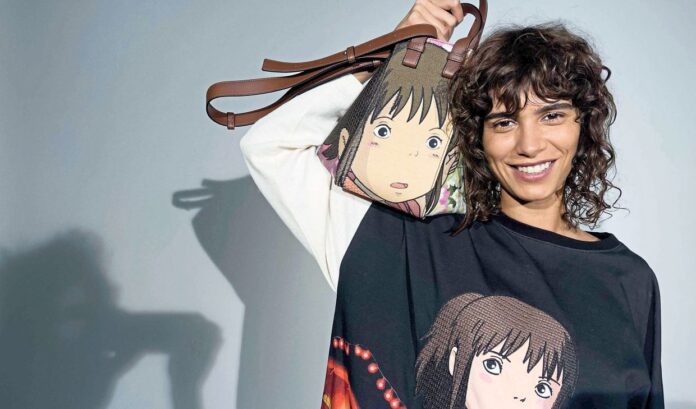
The Japanese animation industry got mainstream acceptance in the early 2000s when “Spirited Away” got the Oscar award for the best feature film in the animation category. Even since then, a number of changes have taken place in the western world, where the youth have accepted Asian characters as a part of the mainstream. Over-the-top platforms like Netflix have also had a role to play in the widespread acceptance of Japanese cartoons. The availability of English subtitles and dubbing for Japanese web series and cartoons has increased the consumer base for these programs.
Also, luxury brands have brought down their exclusivity with the launch of anime-based accessories. So when Loewe launched its anime range of bags and shirts, they were being sold on eCommerce platforms like eBay. Thus, in this case, the intimate customer-seller bond of luxury fashion was diluted so that the large consumer base of the eCommerce segment could be tapped.
Going Beyond Fashion Products
Luxury fashion brands have used Japanese cartoons to not only create new products but also to promote their brands as well. So big brands have launched short anime films and released them on the social media platforms to attract more viewers to its website.
The acceptance and mainstreaming of Asian cartoons seem to be in line with the changing realities of the world. Many brands like Hermes have started a scheme to buy back their old products to encourage the recycling of products and to reduce waste generation.
Just like this move is realistic and takes into consideration the emerging concepts of sustainability, the introduction, and acceptance of Asian animation show greater cultural tolerance.
The anime characters have facial features that reflect Asian characteristics, and their widespread popularity reflects the greater acceptability and tolerance levels of the twenty first century world.
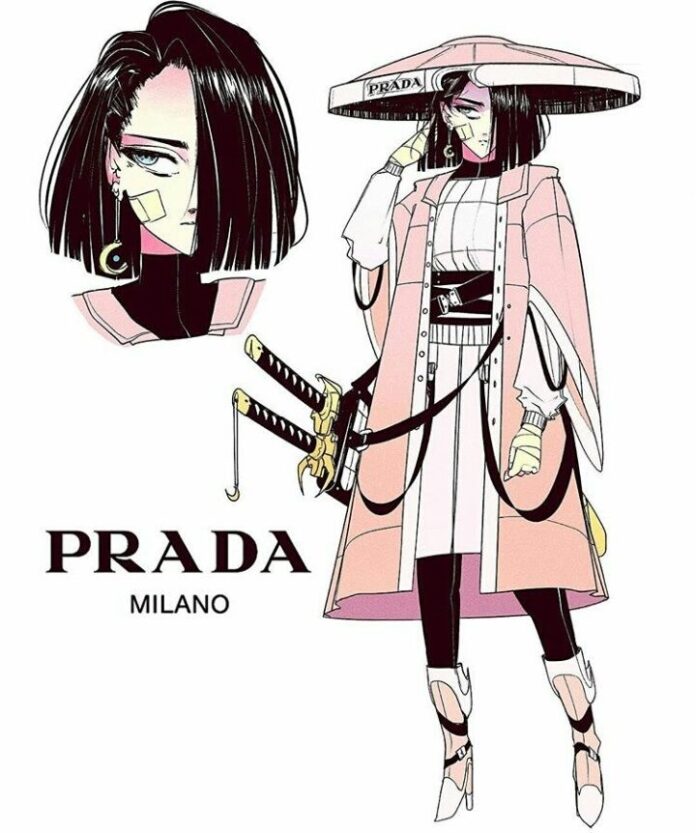
Conclusion
The rising popularity of the Japanese animation industry is not a temporary change in the world of entertainment. The trend for these movies has lasted for many decades, and today it has gained popularity beyond its niche areas like China and other Asian nations. The mainstreaming of this genre has been facilitated by the latest developments, like the growth of OTT platforms and the use of translation tools like subtitling and dubbing.
Big brands have strategically incorporated the latest preference of the youth in their products. Thus, by creating anime-based merchandise, big brands are in a win-win situation since they can tap into the large fanbase of these series and, at the same time, show their tolerance for products that have not originated in the west.

